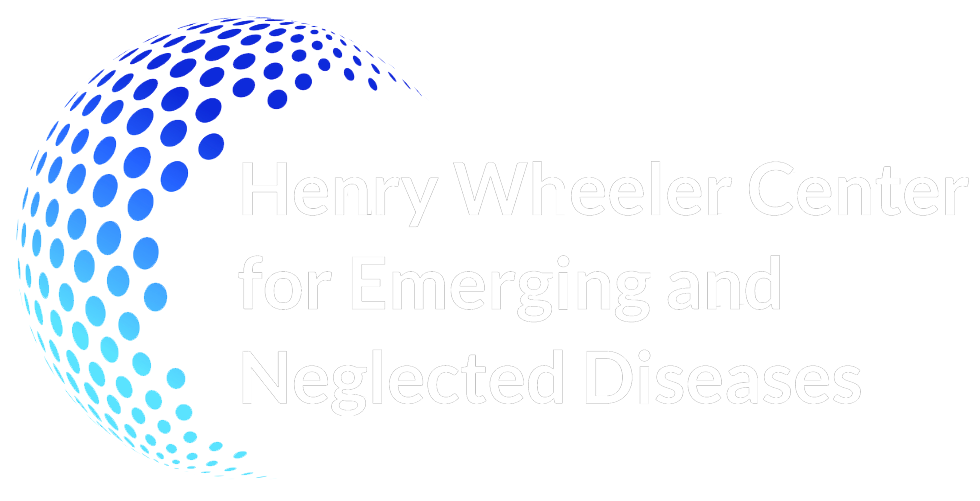Kimberley Seed, University of California, Berkeley
Recurring Conflicts with a Single Predatory Phage Drive the Evolution of Vibrio cholerae
The waterborne pathogen and causative agent of the diarrheal disease cholera, Vibrio cholerae, is antagonized by predatory phages in the environment as well as in human hosts during disease. The predatory phage ICP1 has been recovered from cholera patient stool and water samples over at least a 15-year period in Bangladesh and is consequently considered a persistent predator of epidemic V. cholerae in this region. The pervasiveness of ICP1 with continued cholera epidemics suggests that V. cholerae has strategies to limit ICP1 predation, and that ICP1 can evolve to overcome such defenses. Our work suggests that a key weapon for phage defense in epidemic V. cholerae are mobile genetic elements called PLEs (for phage-inducible chromosomal island-like elements). We have identified and characterized five unique PLEs in V. cholerae which all show specific anti-phage activity towards ICP1. Although the molecular basis for PLE-mediated anti-phage activity is not yet known, all PLEs exhibit a common, ICP1-dependent response, which initiates with the integrated PLE excising from the chromosome and circularizing. We demonstrate that PLE encodes a large serine recombinase that exploits an ICP1-specific protein, PexA, to trigger excision in response to infection. Our results uncover an aspect to the molecular specificity underlying the longstanding conflict between a single predatory phage and V. cholerae PLE and contribute to our understanding of the molecular arms race that drives long-term evolution between combatting phage and their bacterial hosts in nature.
